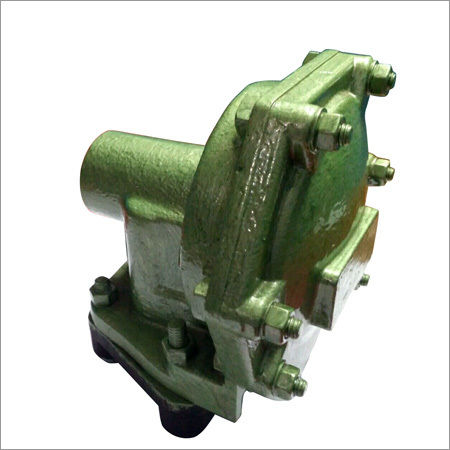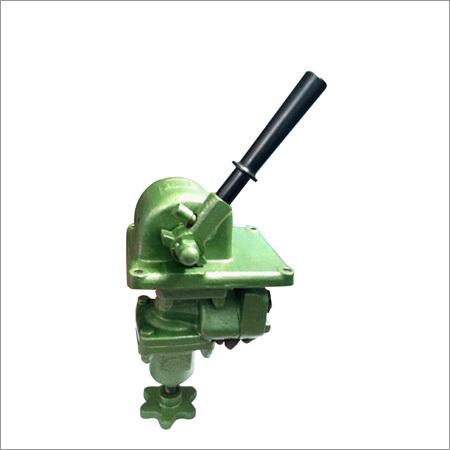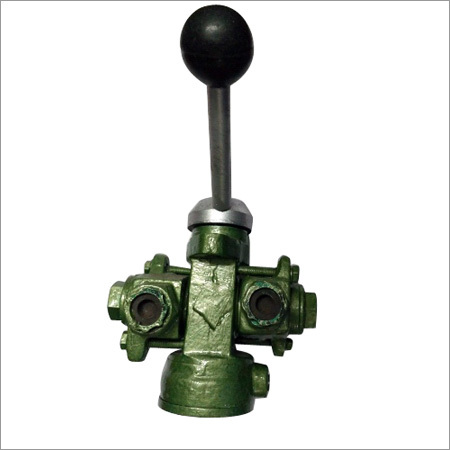C2W Relay Valve
Product Details:
- Type Valve
- Pressure High Pressure kgf/cm2
- Media Air
- Click to View more
C2W Relay Valve Price And Quantity
- 50 Piece
C2W Relay Valve Product Specifications
- Air
- High Pressure kgf/cm2
- Valve
C2W Relay Valve Trade Information
- Kolkata
- 50 Piece Per Month
- 30 Days
- Yes
- Sample costs shipping and taxes has to be paid by the buyer
- Wooden Box
- All India
- ISO, NSIC
Product Description
A particular type of relay valve frequently used in air brake systems of commercial vehicles, especially in heavy-duty trucks and trailers, is the C2W relay valve. It is a crucial part that aids in regulating and modulating the air pressure in the braking system, ensuring optimal brake synchronisation and operation.
Depending on the manufacturer or particular system needs, the "C2W" designation may refer to a particular model or variant of the relay valve. I can, however, give a broad overview of the operation and significance of a relay valve in an air brake system.
The primary or foot brake valve's air pressure must be transferred or relayed to the secondary or service brake chambers on the wheels by the relay valve, which includes the C2W relay valve. In order to activate the brakes on the wheels, it receives the pressurised air signal from the foot brake valve and distributes it accordingly to the brake chambers.
The relay valve regulates the flow of air using internal valves and diaphragms and operates based on air pressure differences. The relay valve receives air pressure when the motorist steps on the brake. The relay valve then proportionally controls and directs the air pressure to the proper brake chambers, resulting in the engagement of the brakes and the slowing down or stopping of the vehicle.
In order to ensure appropriate brake functioning, brake balance, and responsiveness within the air brake system, relay valves including the C2W relay valve play a critical role. They enable synchronised braking across several axles or wheels and aid in maintaining consistent braking performance.
It's vital to remember that the manufacturer or particular technical documents relevant to the vehicle or braking system in question should be consulted for specific information, specs, and installation instructions for the C2W relay valve or any relay valve.
Features:
- Longer working life
- Robust construction
- Easy installation






